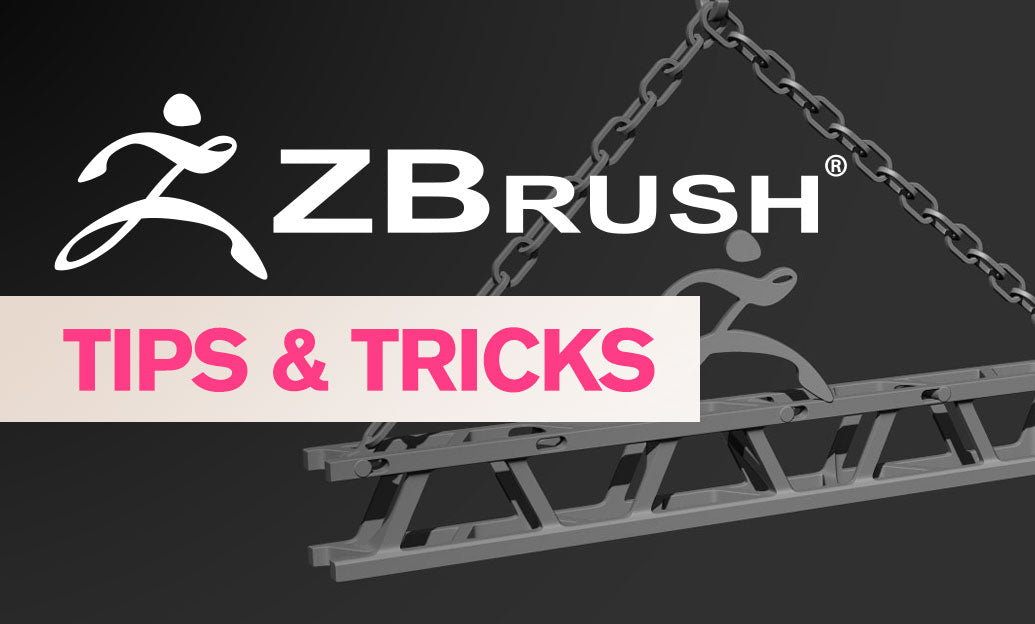Your Cart is Empty
Customer Testimonials
-
"Great customer service. The folks at Novedge were super helpful in navigating a somewhat complicated order including software upgrades and serial numbers in various stages of inactivity. They were friendly and helpful throughout the process.."
Ruben Ruckmark
"Quick & very helpful. We have been using Novedge for years and are very happy with their quick service when we need to make a purchase and excellent support resolving any issues."
Will Woodson
"Scott is the best. He reminds me about subscriptions dates, guides me in the correct direction for updates. He always responds promptly to me. He is literally the reason I continue to work with Novedge and will do so in the future."
Edward Mchugh
"Calvin Lok is “the man”. After my purchase of Sketchup 2021, he called me and provided step-by-step instructions to ease me through difficulties I was having with the setup of my new software."
Mike Borzage
Rhino 3D Tip: Optimizing Output Options in Rhino 3D for Enhanced Design Sharing and Compatibility
February 08, 2025 2 min read

In Rhino 3D, mastering the output options is crucial for effectively sharing and utilizing your designs across various platforms. Understanding how to properly export your models ensures compatibility and preserves the integrity of your work.
Here are key considerations to optimize your output from Rhino:
-
Selecting the Appropriate File Format:
-
For 3D Printing: Use formats like
.STLor.OBJwhich are widely accepted by 3D printers. -
For CAD Collaboration: Choose formats such as
.STEPor.IGESto maintain NURBS geometry when sharing with other CAD software. -
For Rendering: Export using
.FBXor.DWGfor seamless integration with rendering programs.
-
For 3D Printing: Use formats like
-
Adjusting Export Settings:
- Tolerance Levels: Set appropriate tolerances to ensure your model retains necessary details without unnecessary file size inflation.
- Mesh Density: Control mesh density when exporting to polygonal formats to balance performance and quality.
- Include Necessary Data: Decide whether to export layers, materials, and texture maps based on the requirements of the destination platform.
-
Preparing Models for Export:
-
Clean Geometry: Ensure all surfaces and solids are properly joined and free of errors using the
CheckandAnalyzetools. - Unit Consistency: Confirm that your model units match the units required by the recipient to prevent scaling issues.
- Optimize File Structure: Organize objects using layers and groups to maintain clarity and ease of manipulation post-export.
-
Clean Geometry: Ensure all surfaces and solids are properly joined and free of errors using the
-
Utilizing the
ExportandSave AsCommands:-
Export Selected: Use
Export Selectedto save only specific parts of your model, reducing file size and focusing on pertinent elements. - Batch Export: For multiple outputs, consider scripts or plugins that can automate the export process.
- Stay Updated: Keep your Rhino version current to access the latest export features and compatibility updates.
-
Export Selected: Use
-
Testing and Verification:
- Import Back: Re-import your exported files into Rhino or the target software to verify integrity and compatibility.
- Use Preview Tools: Utilize file viewers or validation tools specific to the export format for additional checks.
Understanding and effectively using Rhino's output options enhances your workflow and ensures that your designs are accurately communicated and functional in their subsequent applications.
For professional advice and access to a wide range of design tools, visit NOVEDGE, your trusted partner in digital design solutions.
You can find all the Rhino products on the NOVEDGE web site at this page.
Also in Design News

Cinema 4D Tip: Optimizing Workflow with Selective Keyframing in Cinema 4D
October 15, 2025 3 min read
Read More
Bluebeam Tip: Maximizing Efficiency with Bluebeam Revu's Text Box Tool for Clear and Impactful PDF Annotations
October 15, 2025 2 min read
Read More
ZBrush Tip: Enhance Your ZBrush Workflow with the Curve QuadFill Brush
October 15, 2025 2 min read
Read MoreSubscribe
Sign up to get the latest on sales, new releases and more …


